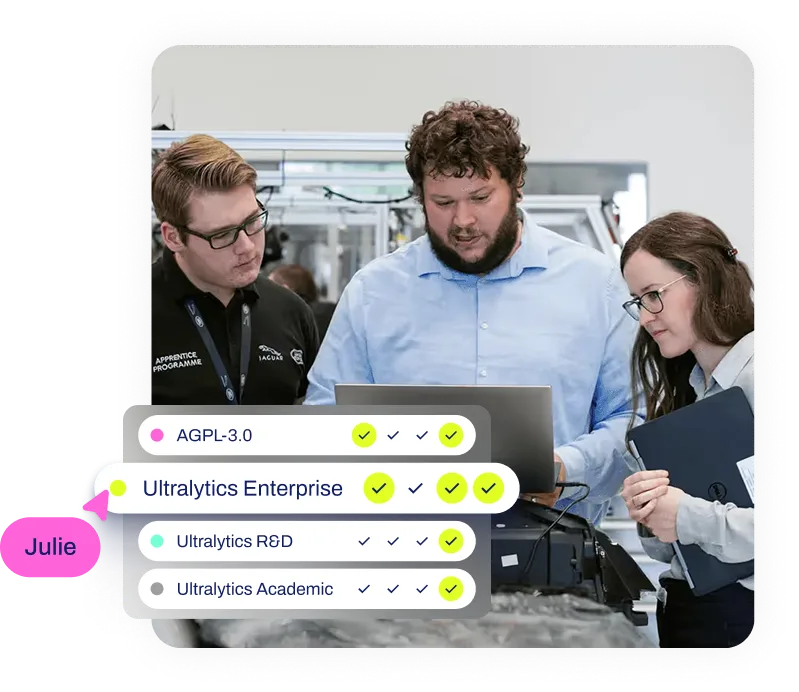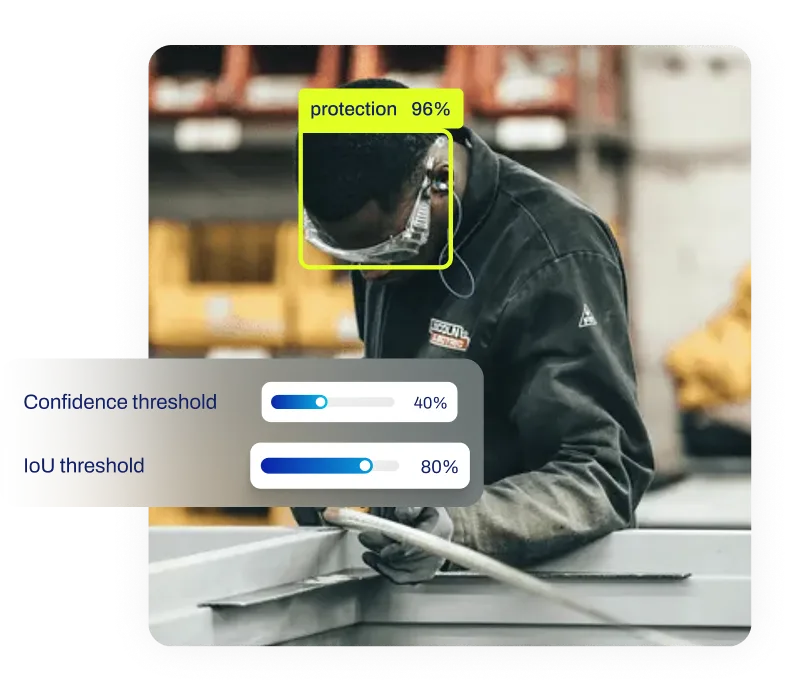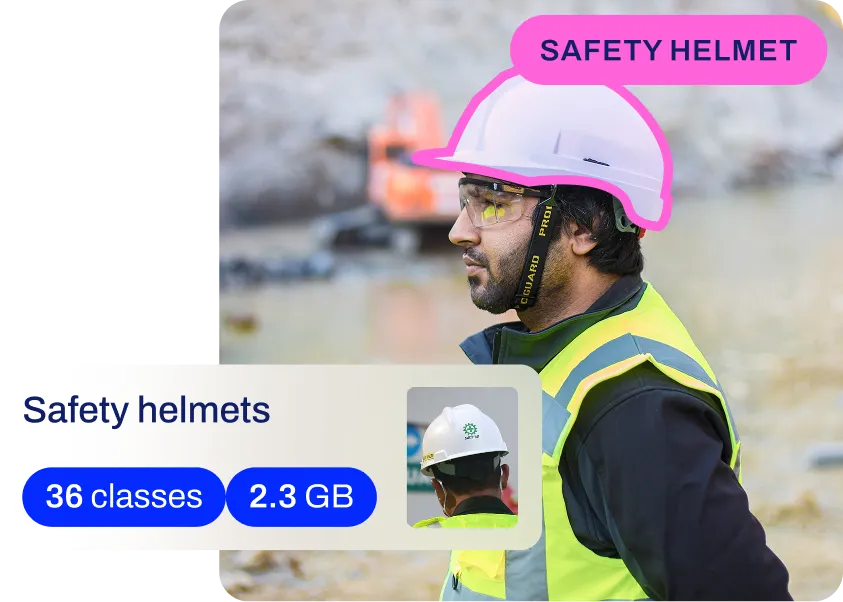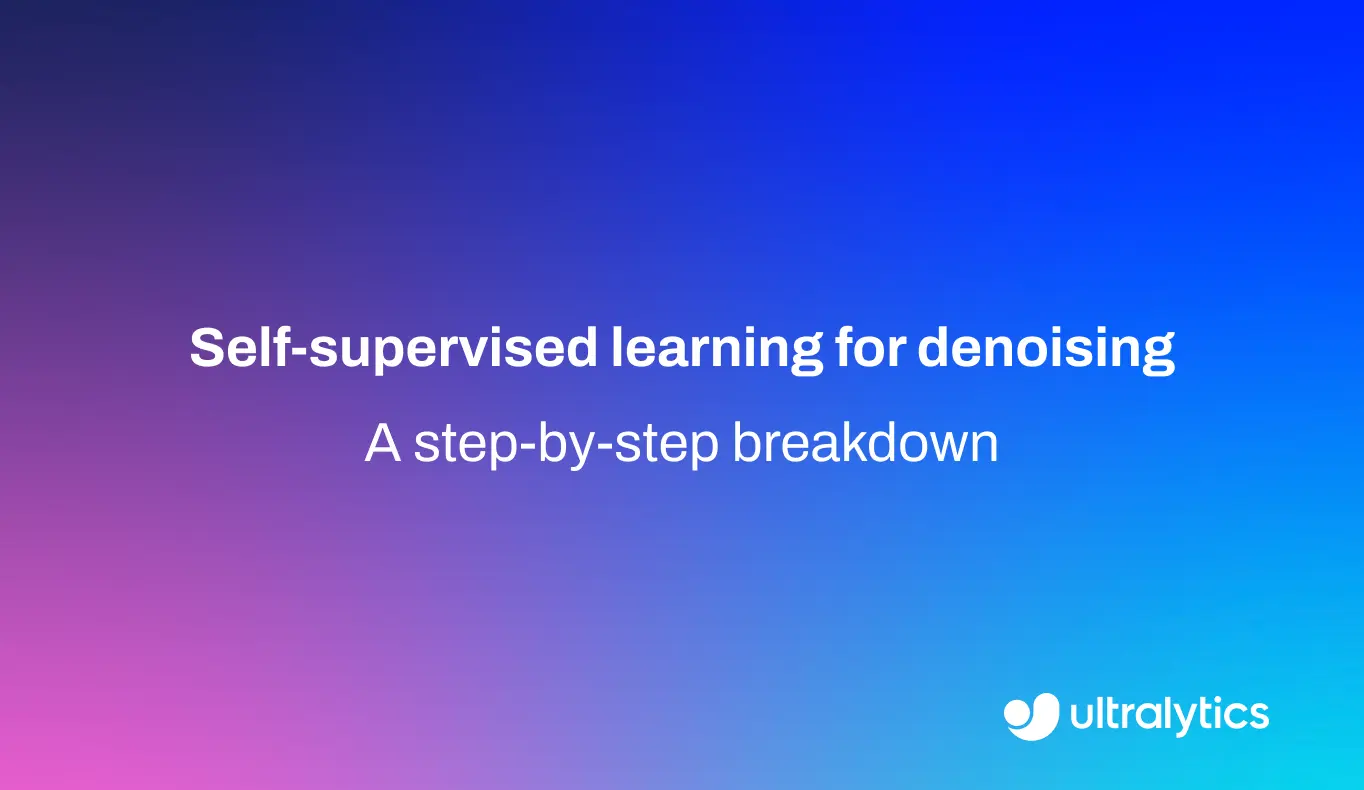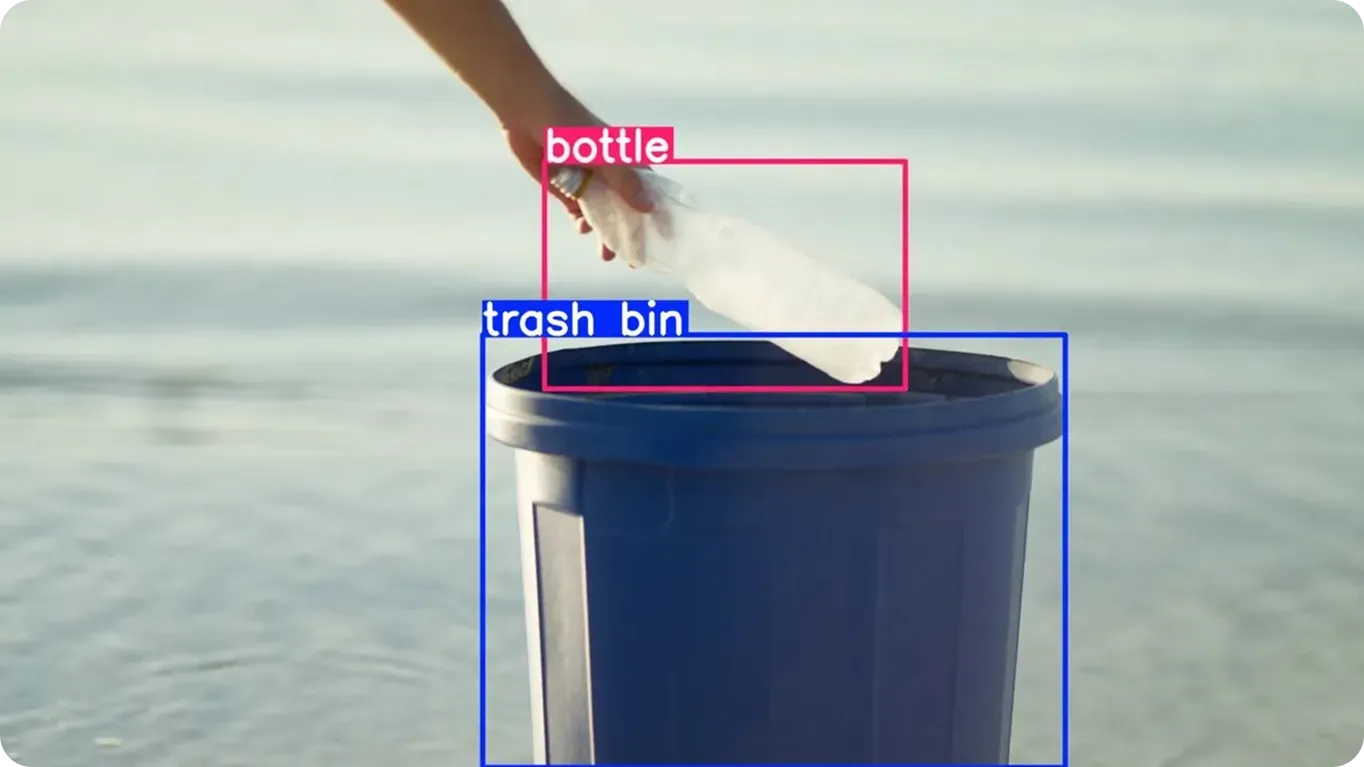3D Object Detection
Explore 3D object detection: how LiDAR, point clouds & deep learning build accurate 3D bounding boxes for autonomous vehicles, robotics and AR.
3D object detection is a sophisticated
computer vision (CV) technique that identifies,
classifies, and localizes objects within a three-dimensional space. Unlike traditional 2D
object detection, which draws a flat rectangular
bounding box around an object on an image plane, 3D
object detection estimates an oriented 3D bounding box—a cuboid defined by its center coordinates (x, y, z),
dimensions (length, width, height), and orientation (heading angle). This capability allows
artificial intelligence (AI) systems to
perceive the real-world size, distance, and pose of objects, which is essential for physical interaction and
navigation.
How 3D Object Detection Works
To perceive depth and volume, 3D object detection models rely on data sources that capture spatial geometry. While 2D
methods rely solely on pixel intensity, 3D methods process data from advanced sensors:
-
LiDAR (Light Detection and Ranging): Emits laser pulses to measure precise distances, generating a sparse 3D representation known as a
point cloud.
-
Stereo Cameras: Use two lenses to simulate binocular vision, computing depth through disparity maps
to reconstruct 3D structure.
-
Monocular Cameras: Utilize
deep learning (DL) to infer depth from single
images, often referred to as "pseudo-LiDAR" techniques.
Specialized architectures process this data. For instance,
PointNet processes raw point clouds directly, while
VoxelNet divides the 3D space into volumetric grids
(voxels) to apply convolutional operations. These models output the precise 3D coordinates and orientation of objects,
enabling machines to understand not just what an object is, but exactly where it is in the physical
world.
3D vs. 2D Object Detection
The primary distinction lies in the spatial dimensionality and the information provided:
-
2D Object Detection: Operates in image space (pixels). It outputs a bounding box (min_x, min_y,
max_x, max_y) that indicates an object's position in the camera frame but lacks depth or absolute size.
-
3D Object Detection: Operates in world space (meters/units). It outputs a 3D cuboid that accounts
for depth, physical dimensions, and rotation. This handles occlusion better and allows for precise distance
measurement.
For applications requiring partial spatial awareness without full 3D overhead,
Oriented Bounding Box (OBB) detection serves as
a middle ground, predicting rotated bounding boxes in 2D to better fit objects like ships or vehicles in aerial views.
Real-World Applications
3D object detection is the perception engine for industries that interact with the physical world:
-
Autonomous Vehicles: Self-driving cars, such as those developed by Waymo, use 3D detection on
LiDAR and camera data to track the speed, heading, and distance of other vehicles and pedestrians to plan safe
trajectories.
-
Robotics: Industrial arms and mobile robots in
manufacturing rely on 3D perception to grasp
objects with specific poses or navigate through dynamic warehouses without collisions.
-
Augmented Reality (AR): Devices use 3D detection to anchor virtual objects to real-world surfaces,
ensuring they align correctly with the environment's geometry.
Integration with YOLO11
While YOLO11 is primarily a 2D detector, it
plays a critical role in many 3D detection pipelines. A common approach, known as "frustum-based detection,"
uses a high-speed 2D model to identify the region of interest in an image. This 2D box is then extruded into 3D space
to crop the point cloud, significantly reducing the search space for the 3D model.
The following example demonstrates how to perform the initial 2D detection step using Ultralytics YOLO11, which would
serve as the proposal for a 3D lifting module:
from ultralytics import YOLO
# Load the YOLO11 model (optimized for 2D detection)
model = YOLO("yolo11n.pt")
# Run inference on an image (e.g., from a vehicle camera)
results = model("path/to/driving_scene.jpg")
# In a 3D pipeline, these 2D boxes (x, y, w, h) are used to
# isolate the corresponding region in the LiDAR point cloud.
for result in results:
for box in result.boxes:
print(f"Class: {int(box.cls)}, 2D Box: {box.xywh.numpy()}")
Related Concepts
-
Depth Estimation: Predicts the distance of every pixel in an image from the camera. While it provides depth data, it does not
inherently identify individual objects or their dimensions like 3D detection does.
-
Sensor Fusion: The process of combining data from multiple sensors (e.g., LiDAR, radar, and cameras) to improve the accuracy and
reliability of 3D detection.
-
NuScenes Dataset: A large-scale public dataset for autonomous driving that provides 3D bounding box annotations for LiDAR and
camera data, widely used for benchmarking 3D models.







